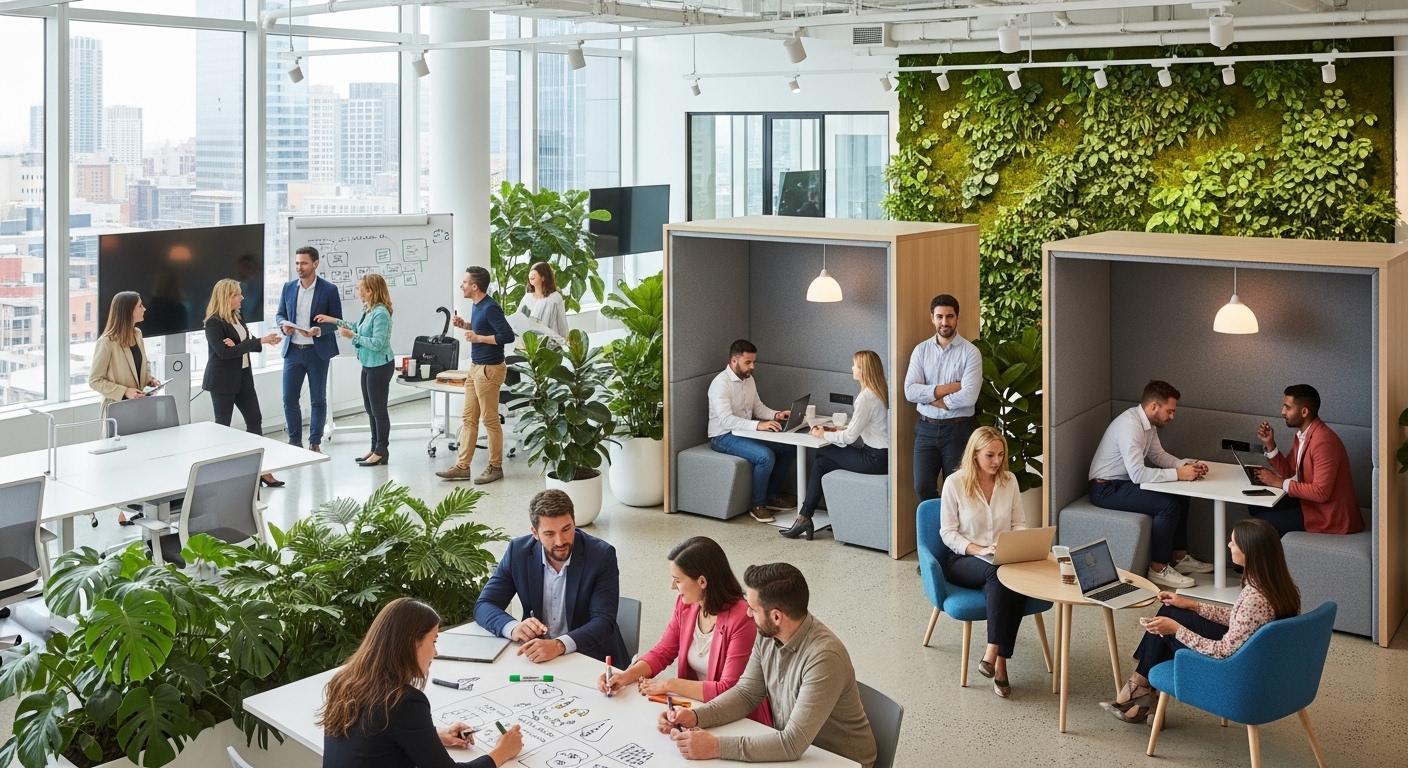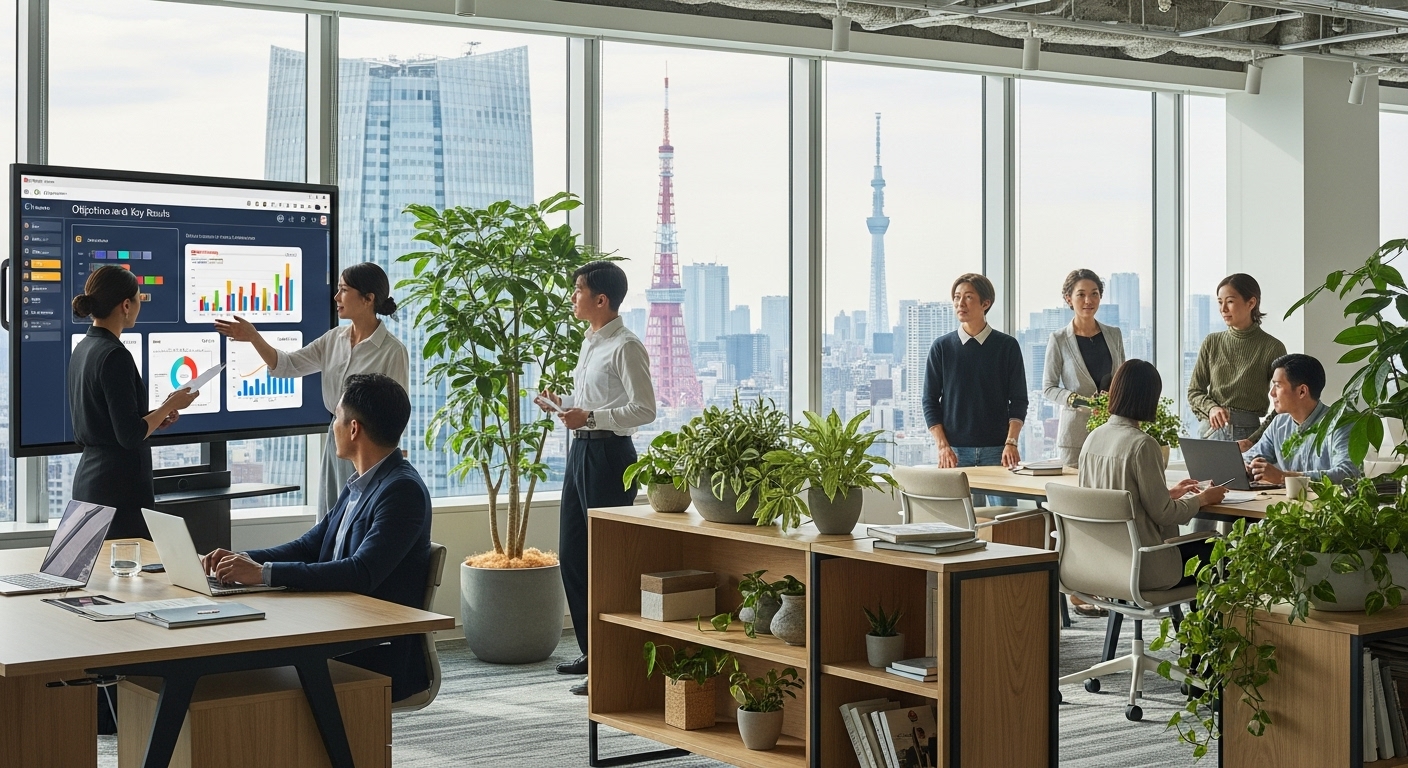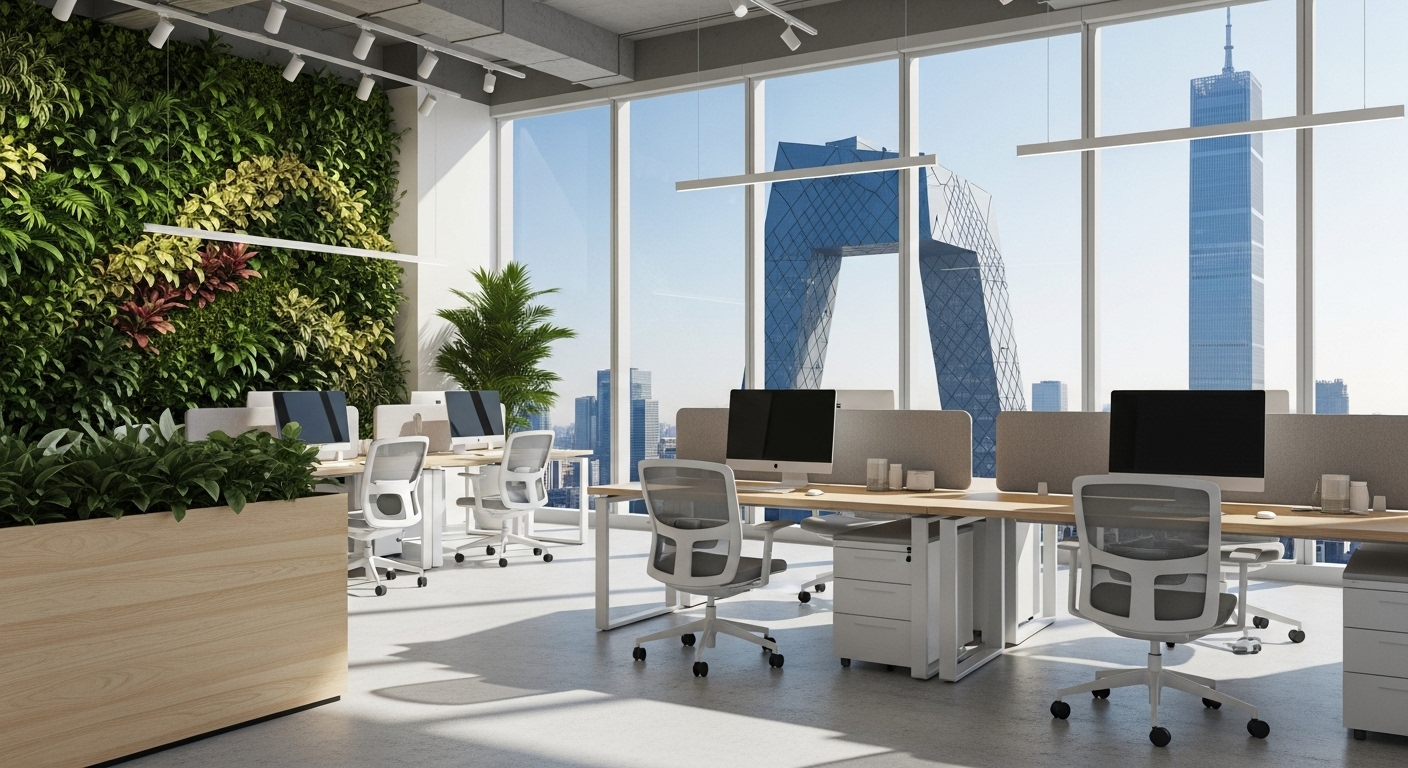In today’s evolving work landscape, selecting an office space has transcended a simple real estate transaction. It’s no longer just about square footage and a prestigious address. Instead, it’s a pivotal strategic decision that can define your company’s culture, accelerate or hinder productivity, and broadcast your brand identity to the world. Recent global shifts have amplified this, moving the focus from mere physical presence to creating environments that are flexible, human-centric, and technologically robust. Choosing your space is about crafting an ecosystem that resonates with your core mission. This guide moves beyond the traditional checklist to explore a more profound approach: aligning your physical workspace with your unique business DNA. We will delve into how to decode your company’s operational needs, analyze the true financial picture beyond rent, leverage location as a talent magnet, and design a space that is not only functional for today but also flexible enough for the uncertainties of tomorrow.
Decoding Your Business DNA: The Foundation of Your Search
Before you even browse the first commercial listing, the most critical step is to look inward. A successful workspace strategy begins with a deep understanding of your organization’s unique DNA. This is the intrinsic set of values, work styles, communication patterns, and growth ambitions that define who you are as a company. Start by asking fundamental questions. What is our primary mode of work? Are we a highly collaborative team that thrives on spontaneous brainstorming sessions, or do we require deep, focused individual work? A creative agency’s need for open, dynamic spaces starkly contrasts with a law firm’s requirement for private, confidential offices. Your answer to this will fundamentally shape the layout you need. Consider your company culture. Is it formal and hierarchical, or flat and informal? The design of your office, from the presence or absence of corner offices to the style of the communal kitchen, should be a physical manifestation of these cultural values. A space that clashes with your culture can create friction and disengagement. Finally, map out your strategic vision. Where do you see the company in five years? Anticipating headcount growth, potential shifts into new markets, or changes in your service model is crucial. Choosing a space that can’t accommodate this growth will lead to costly and disruptive moves down the line. Documenting these elements of your business DNA creates a foundational brief that will guide every subsequent decision in your search, ensuring the final choice is a true strategic fit, not just a convenient location.
The Financial Equation: Beyond Rent and Square Footage
The sticker price of a lease is only the tip of the iceberg. A savvy workspace decision requires a comprehensive understanding of the Total Cost of Occupancy (TCO), a figure that provides a far more realistic financial picture. The base rent is just the beginning. You must factor in operating expenses, property taxes, and insurance, which are often bundled into what’s known as a Triple Net (NNN) lease. Beyond these, the capital expenditure for fit-out can be substantial. This includes everything from construction and partitioning to furnishing, data cabling, and branding elements. Many businesses are caught off guard by these upfront costs, which can easily equal a full year’s rent or more. Utility costs, maintenance contracts for HVAC and other systems, and regular cleaning services are ongoing operational expenses that must also be budgeted for. When comparing a traditional lease to flexible options like serviced offices or coworking spaces, it’s this TCO that reveals the true value proposition. While the per-square-foot cost of a flexible space may seem higher initially, it often includes utilities, internet, furniture, cleaning, and access to shared amenities like meeting rooms and reception staff. This predictable, all-inclusive monthly fee can be highly advantageous for startups and growing businesses looking to conserve capital and avoid the complexities of lease negotiations and long-term commitments. As one industry report notes:
“Companies often underestimate their day-one capital outlay for a traditional office by as much as 50%, failing to account for everything from security deposits to IT infrastructure setup.”
This highlights the critical need to build a detailed financial model for each option, moving beyond the simple rent calculation to make a truly informed and sustainable decision.
Location, Location, Talent: The New Geography of Work
The age-old real estate mantra of ‘location, location, location’ remains true, but its meaning has fundamentally evolved. In the modern economy, the ideal location is defined less by client convenience or executive preference and more by its ability to attract and retain top talent. Your office’s location is a critical component of your employer value proposition. In an era of hybrid work, the daily commute is under more scrutiny than ever. A location that is difficult to access via public transport or sits in perpetual gridlock can be a significant deterrent for your desired workforce. Conduct a talent heat map: Where do your current and prospective employees live? Choosing a central location or adopting a hub-and-spoke model with smaller satellite offices in key residential zones can drastically improve employee satisfaction and widen your talent pool. Furthermore, the local ecosystem matters. An office situated in a vibrant neighborhood with access to cafes, restaurants, fitness centers, and parks contributes to a positive work-life experience. These amenities are no longer just perks; they are part of the holistic package that modern employees consider. For client-facing businesses, proximity to industry hubs and transport links like airports remains important, but it must be balanced with the needs of your team. The right location acts as a silent partner in your recruitment efforts, signaling that you value your employees’ time and well-being. It becomes a strategic asset that pays dividends in loyalty, retention, and the ability to attract the best minds in your field.
Designing for People: Culture, Collaboration, and Well-being
Your office is more than a container for desks and chairs; it’s a powerful instrument for shaping behavior and reinforcing company culture. The physical design of your workspace directly influences how your team interacts, collaborates, and feels throughout the day. A one-size-fits-all approach, like the once-ubiquitous open-plan office, is now widely recognized as flawed. The most effective workspaces are designed with variety and choice in mind, a concept known as Activity-Based Working (ABW). This model provides a diverse ecosystem of spaces tailored to different tasks: open, collaborative zones for brainstorming; quiet pods for focused work; comfortable lounges for informal meetings; and private rooms for confidential calls. This empowers employees to choose the environment that best suits their needs at any given moment, boosting both autonomy and productivity. Beyond functionality, the design should prioritize employee well-being. Principles of biophilic design, which involve incorporating natural elements like plants, wood, stone, and abundant natural light, have been proven to reduce stress and improve cognitive function. Investing in ergonomic furniture, providing dedicated wellness or meditation rooms, and ensuring excellent air quality are no longer luxuries but essential components of a human-centric workplace. A workspace designed for people sends a clear message: we trust you and we care about you. This fosters psychological safety, encourages creativity, and transforms the office from a place people have to be into a destination they want to be.
The Digital Foundation: Integrating Technology and Infrastructure
In the 21st century, a workspace without a robust technological backbone is like a body without a nervous system. The digital infrastructure of your office is no longer a secondary consideration but a foundational pillar that enables every aspect of modern business operations, particularly in a hybrid work model. The primary requirement is flawless, high-speed connectivity. This means enterprise-grade fiber internet with built-in redundancy to prevent costly downtime. It also means comprehensive Wi-Fi coverage that is fast and reliable in every corner of the office, from the main work area to the smallest meeting nook. Your team should never have to think about their connection; it should just work. For hybrid teams, the technology within meeting rooms is paramount. These spaces must be equipped with high-quality video conferencing systems, including large displays, intelligent cameras that can track speakers, and clear audio solutions to ensure that remote participants feel just as present as those in the room. Seamless integration allows for easy screen sharing and collaboration, bridging the physical and digital divide. Furthermore, consider access control and security. Modern systems can offer keyless entry via smartphone apps, providing both convenience and a detailed log for security purposes. The key is to plan this technological layer from the very beginning of the design process, integrating cabling, power, and hardware into the architectural plans. Retrofitting technology is always more expensive and less effective. A forward-thinking tech strategy ensures your workspace is an engine of productivity, not a source of frustration.
Future-Proofing Your Footprint: Flexibility and Scalability
The only constant in business is change. Your company will grow, it may pivot, and market conditions will fluctuate. A workspace decision made today must have the inherent flexibility to adapt to the realities of tomorrow. Locking your organization into a rigid, long-term lease for a fixed amount of space can become a significant liability. This is where the concept of future-proofing your real estate footprint becomes a strategic imperative. The most direct path to flexibility is through the lease agreement itself. Negotiating shorter lease terms, break clauses, or rights of first refusal on adjacent spaces can provide crucial agility. However, the most profound shift has been towards flexible workspace solutions. A core-and-flex model is becoming increasingly popular, where a company maintains a smaller, long-term ‘core’ headquarters for cultural and collaborative activities, supplemented by ‘flex’ space from coworking or serviced office providers. This allows a company to scale its footprint up or down on-demand, without the heavy capital expenditure of a traditional fit-out. This approach is ideal for managing project-based teams, entering new markets, or simply navigating uncertain growth projections. Within the space itself, modular design offers another layer of adaptability. Using movable walls, reconfigurable furniture, and non-permanent fixtures allows you to easily redesign your layout as team structures and work styles evolve. This agility prevents your physical space from becoming obsolete, ensuring it continuously supports your business goals rather than constraining them. By prioritizing flexibility, you are not just choosing an office; you are making a strategic investment in your company’s resilience.
Ultimately, choosing your space is one of the most significant strategic decisions a leader can make. Moving beyond the surface-level details of floor plans and location pins reveals a deeper truth: your workspace is a physical embodiment of your company’s soul. It’s where your culture takes root, where your brand comes to life, and where your team is empowered to do its best work. As we’ve explored, this requires a holistic approach. It begins with an honest and thorough decoding of your business DNA—your values, your work styles, and your vision for the future. It demands a rigorous financial analysis that accounts for the total cost of occupancy, not just the monthly rent. The decision must be viewed through the lens of talent strategy, leveraging location and design to attract and retain the best people in a competitive market. It necessitates a robust digital foundation that seamlessly connects your physical and virtual teams. Above all, it requires a commitment to flexibility, ensuring your workspace can evolve in lockstep with your business. By thoughtfully aligning your physical environment with these core strategic pillars, you transform a real estate line item into your company’s most powerful asset—a dynamic ecosystem that fuels collaboration, innovation, and sustainable growth for years to come.





